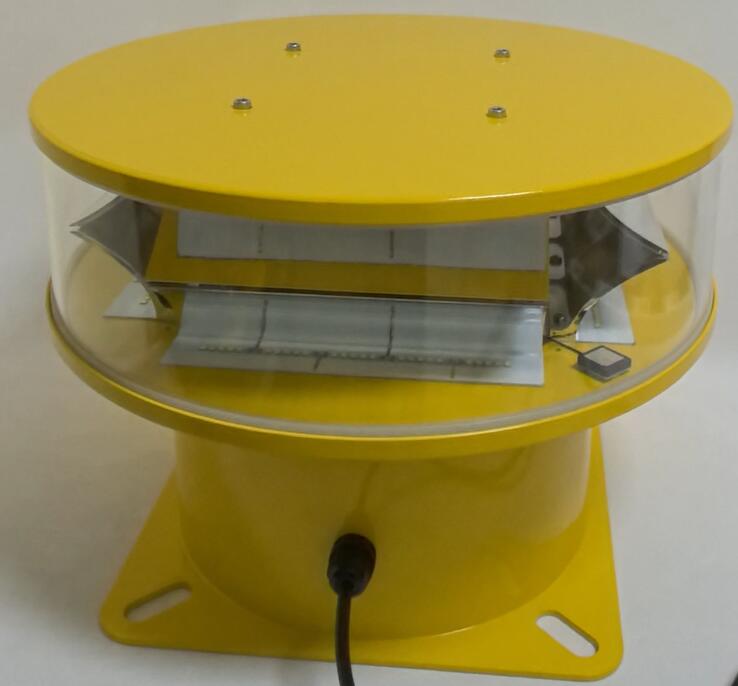Aviation Light Weight: The Future of Efficient Flight
The aviation industry is continuously evolving, with a strong focus on improving efficiency, reducing emissions, and enhancing performance. One of the most critical factors in achieving these goals is aviation light weight technology. By reducing the weight of aircraft components, manufacturers can significantly improve fuel efficiency, increase payload capacity, and extend flight range. This article explores the latest advancements in aviation light weight solutions, their benefits, and their impact on the future of air travel.
The Importance of Lightweight Materials in Aviation
Weight has always been a crucial consideration in aircraft design. Heavier planes require more fuel, generate higher emissions, and have operational limitations. To address these challenges, the industry has shifted toward aviation light weight materials such as:
Carbon Fiber Reinforced Polymers (CFRP) – Stronger than steel yet significantly lighter, CFRP is widely used in modern aircraft structures, including wings and fuselages.

Titanium Alloys – Known for their high strength-to-weight ratio and corrosion resistance, titanium alloys are ideal for critical components like landing gear and engine parts.
Advanced Aluminum Composites – New aluminum-lithium alloys offer reduced weight while maintaining structural integrity.
| aviation light weight |
3D-Printed Components – Additive manufacturing allows for lightweight, complex designs that were previously impossible with traditional methods.
These materials contribute to aviation light weight strategies, enabling aircraft to achieve better performance with lower fuel consumption.
Benefits of Aviation Light Weight Solutions
Improved Fuel Efficiency
Reducing aircraft weight directly decreases fuel burn. For every 1% reduction in weight, fuel consumption drops by approximately 0.75%. This translates to significant cost savings for airlines and a smaller carbon footprint.
| aviation lights weight |
Enhanced Payload Capacity
Lighter airframes allow airlines to carry more passengers or cargo without exceeding weight limits, improving operational efficiency.
Extended Range
With reduced weight, aircraft can fly longer distances without additional fuel, opening new routes and improving connectivity.
Lower Maintenance Costs
Lightweight materials like composites are more resistant to fatigue and corrosion, reducing maintenance needs and increasing aircraft lifespan.
Environmental Advantages
By burning less fuel, lightweight aircraft produce fewer emissions, supporting the aviation industry’s sustainability goals.
Innovations Driving Aviation Light Weight Progress
Several cutting-edge technologies are pushing the boundaries of aviation light weight design:
Modular Construction – Using prefabricated lightweight modules speeds up assembly while maintaining structural strength.
Bio-Based Composites – Researchers are developing sustainable materials, such as flax or hemp fibers, to replace traditional composites.
Smart Structures – Integrating sensors into lightweight components allows real-time monitoring of stress and wear, improving safety.
Hybrid-Electric Propulsion – Lighter airframes complement new propulsion systems, making electric and hybrid aircraft more viable.
Challenges and Future Outlook
Despite the advantages, aviation light weight adoption faces challenges:
High Production Costs – Advanced materials like CFRP and titanium are expensive to manufacture.
Regulatory Hurdles – New materials must undergo rigorous testing to meet aviation safety standards.
Recycling Difficulties – Unlike metals, composite materials are harder to recycle, raising environmental concerns.
However, ongoing research and innovation are addressing these issues. As technology advances, aviation light weight solutions will become more accessible, further revolutionizing air travel.
The shift toward aviation light weight is transforming the industry, offering unparalleled efficiency, sustainability, and performance benefits. From advanced composites to additive manufacturing, these innovations are paving the way for a new era of flight. As the demand for greener and more cost-effective aviation grows, lightweight technologies will remain at the forefront of aerospace development, ensuring a smarter and more sustainable future for air travel.
